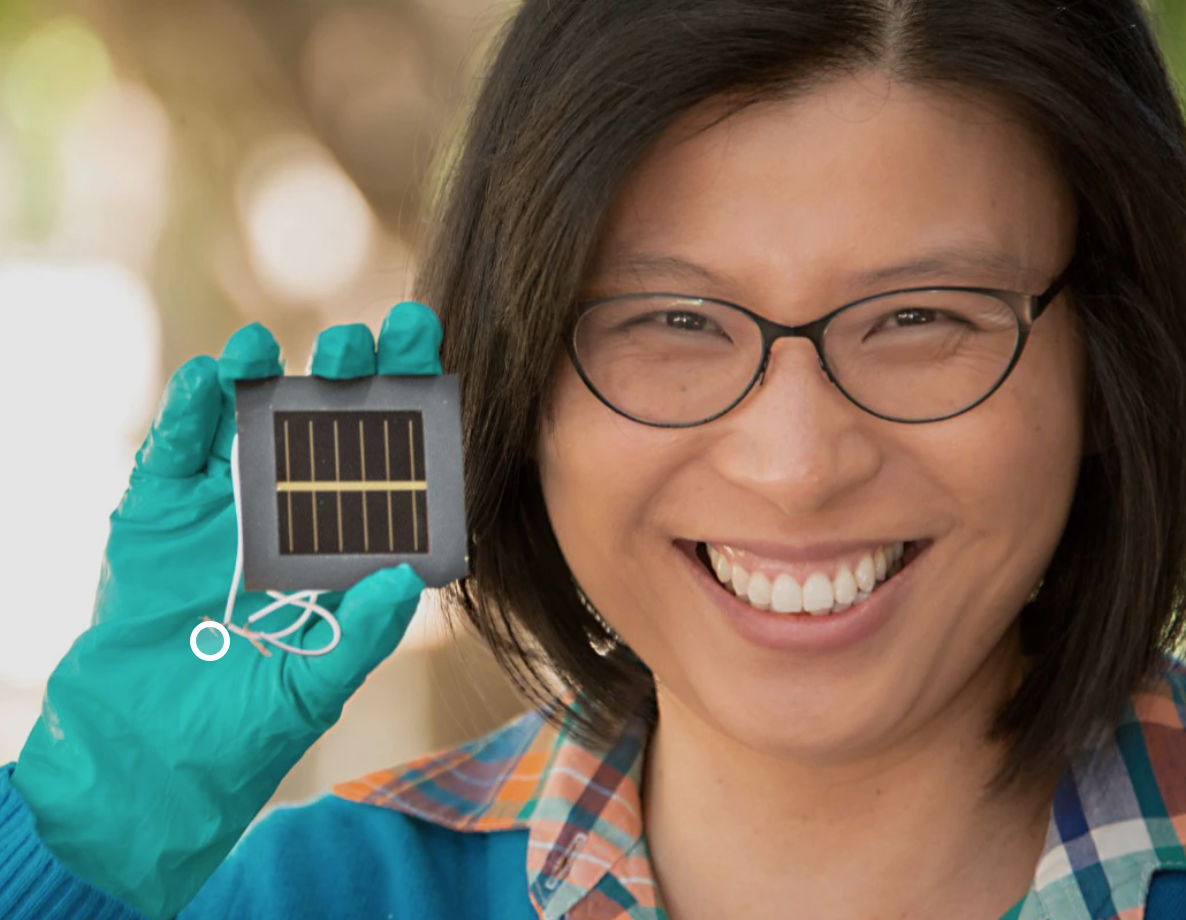Sydney University’s Professor Anita Ho-Baillie has won Australian Research Council (ARC) Future Fellowships funding of more than a million dollars, to extend her frequently cited research into perovskite solar cells and develop space-ready photovoltaics that “could result in billions of dollars in savings for the satellite market”, as well as boost the viability of future deep space probes, Mars rovers and moon mining, said USyd in an announcement last week.
Although space hardware is already largely powered by photovoltaic generation, existing technologies are heavy and expensive to manufacture compared to the promise of perovskites which use lower cost component materials and deliver a higher power-to-weight ratio — critical in equipment that must be launched against the earth’s gravity and travel long distances to reach its destination, or to efficiently orbit the earth.
The ARC Future Fellowships program is designed to support “excellent mid-career researchers to undertake high-quality research in areas of national and international benefit”.
Last year, Ho-Baillie, the inaugural John Hooke Chair of Nanoscience at the University of Sydney was one of a group of scientists from the University of New South Wales and USyd to claim a world first in global efforts to develop durable metal-halide perovskite solar cells, when their perovskites passed strict International Electrotechnical Commission testing standards for heat and humidity.
Unlike silicon solar cells, perovskites, which are frequently hailed as the “next generation” of low-cost solar technology, have not yet been produced in a way that equals silicon’s endurance under long-term environmental stresses.
Using gas chromatography-mass spectrometry to identify the decomposition pathways of hybrid perovskites, the scientists last year found that encapsulating the cells in glass combined with low-cost synthetic rubber- or a polyolefin-based polymer, conferred excellent durability that exceeded the requirements of the IEC61215:2016 Dam Heat and Humidity Freeze tests.
At the time, Ho-Baillie said, “Perovskite cells will need to stack up against the current commercial standards. That’s what is so exciting about our research. We have shown that we can drastically improve their thermal stability.”
Deployment in space will expose the metal-halide perovskites under development by Ho-Baillie to other and sometimes far more severe conditions than are experienced on Earth.
Her aim is “to develop and demonstrate perovskite solar cells to achieve high areal power conversion efficiencies and long operating lifetimes withstanding the space environment”, says the ARC.
Perovskites are a universal focus
Ho-Baillie’s is one of 100 ARC Future Fellowships projects awarded more than $93 million across a wide field of scientific endeavour. The successful projects represent only 15% of applications received.
The announcement of ARC funding for this project comes just days after Australia’s science agency, the CSIRO announced it would partner with Adelaide-based in-space transportation provider Space Machines Company (SMC), to test the CSIRO’s perovskite-based cell technology — in the form of solar inks printed on flexible plastic films — on SMC’s spacecraft Optimus-1 which will be launched next year.
Other researchers who are working in photovoltaics and were successful in this year’s Future Fellowships round include Swinburne University of Technology’s Associate Professor Tianyi Ma, who will develop perovskite-based ferroelectrics for solar fuel production.
And the University of Queensland’s Dr Jingwei Hou, whose project will investigate a stable and efficient semiconductive composite material consisting of metal halide perovskite embedded in metal-organic framework glass. The composite is expected to contribute to “a new generation of environmentally safe perovskite devices for energy, environmental and health application”, says the ARC announcement.
This content is protected by copyright and may not be reused. If you want to cooperate with us and would like to reuse some of our content, please contact: editors@pv-magazine.com.









1 comment
By submitting this form you agree to pv magazine using your data for the purposes of publishing your comment.
Your personal data will only be disclosed or otherwise transmitted to third parties for the purposes of spam filtering or if this is necessary for technical maintenance of the website. Any other transfer to third parties will not take place unless this is justified on the basis of applicable data protection regulations or if pv magazine is legally obliged to do so.
You may revoke this consent at any time with effect for the future, in which case your personal data will be deleted immediately. Otherwise, your data will be deleted if pv magazine has processed your request or the purpose of data storage is fulfilled.
Further information on data privacy can be found in our Data Protection Policy.